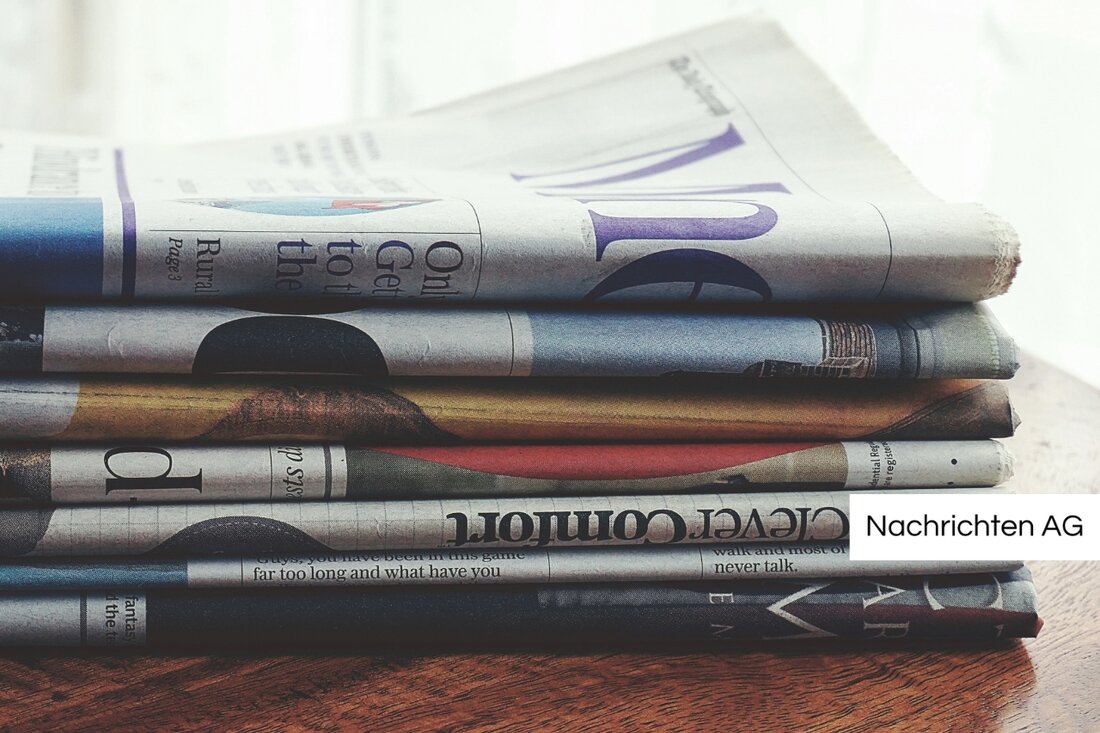Price increase in public transport: what the new ticket prices mean for you!
From July 2025, the ticket prices will increase in Lower Austria and Burgenland. Details on price changes and backgrounds here.

Price increase in public transport: what the new ticket prices mean for you!
From July 2025, the Verkehrsverbund Ost-Region (before) will increase the driving prices for public transport in Lower Austria and Burgenland by an average of three percent. According to Kosmo , prices for single trips increase from 2.10 euros to EUR 2.20, while the 24-hour ticket is increased from EUR 4.10 to 4.30 euros.
In addition, the weekly ticket is increased from EUR 13.90 to 14.30 euros, and the price level of the monthly ticket increases from EUR 49.10 to 50.60 euros. In the core zone of Vienna, however, the ticket prices remain unchanged: a single trip continues to cost 2.40 euros and the 24-hour ticket remains at 8 euros.
price adjustments and their reasons
The adjustments also affect the top youth ticket, which will now cost 88.60 euros. However, leisure and weekend tickets are excluded from the price increases. The pretense of the tariff increases with the annual price development and the consumer price index to ensure long -term securing and expansion of public transport.
The effects of these price increases are also reflected in the general trends in public transport. According to the information from Statista , the use of public transport in 2023 was still under the values from 2019. In the context of overloaded roads, buses and lanes are indispensable for the paths in large conversion rooms, and their contribution to noise Comparison to car traffic is increasingly valued.
A central goal of the transport companies is to increase the number of users: to increase inside. This project is supported by initiatives such as the Germany ticket introduced in May 2023. It enables Germany -wide use of public transport at an affordable price, which underpins the estimate of 13 million users, with a forecast to another two million by the end of the year.
financing of public transport
The financing of local public transport depends on ticket and advertising revenue, but they cover less than half of the costs. As a result, funding is necessary to ensure the operation, expansion and modernization of public transport. The federal government has already increased the funding to expand rail passenger traffic and the infrastructure of subways and trams.
Nevertheless, the amount of these funding from the Federal Environment Agency and Associations is considered inadequate to achieve the goals of the traffic transition. In cities like Berlin, alternative financing options are therefore considered, including increased parking fees, city tolls or employer taxes. These measures should help to keep public transport attractive and to support the trend towards an increased number of users, such as reports.

 Suche
Suche
